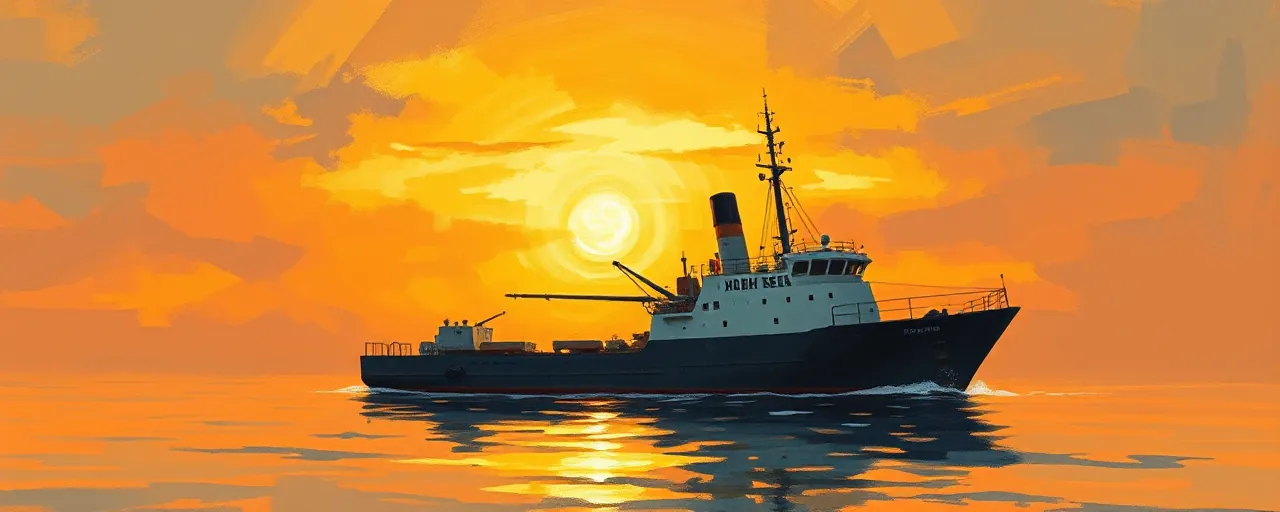A Window Into NOAA’s World
Every spring, as research ramps up across the United States, the National Oceanic and Atmospheric Administration (NOAA) gears up for a unique event. From April 7 to 11, 2025, NOAA Fleet Week returns for its second year, inviting the public to peek behind the curtain of its operations. Unlike traditional Fleet Weeks, where military ships and aircraft take center stage, NOAA flips the script with virtual tours, videos, and web stories showcasing the vessels, aircraft, and uncrewed systems that fuel its scientific work.
This year’s event builds on a tradition rooted in public engagement, offering a front-row seat to the tools and people who track weather patterns, map ocean floors, and monitor fisheries. Through social media posts tagged #NOAAFleetWeek, anyone can follow along, learning how NOAA’s fleet translates raw data into real-world benefits like safer shipping routes and timely storm warnings. It’s a rare chance to see science in action, delivered straight to your screen.
The Fleet at Work
NOAA’s fleet is no small operation. With vessels averaging 35 years old, the agency is racing to modernize. Two new ships, the Oceanographer and Discoverer, are set to join the lineup by 2025 and 2026, respectively. These additions promise cutting-edge tech for gathering data on everything from hurricane paths to seafloor hazards. Meanwhile, uncrewed systems, like drones and autonomous marine vehicles, are already boosting efficiency, cutting data collection times by up to 40% in some missions.
The stakes are high. NOAA’s nautical charts cover 3.6 million square nautical miles of U.S. waters, guiding ships safely through tricky currents and shallow zones. Real-time systems, like the Physical Oceanographic Real Time System launched back in 1991, feed mariners up-to-date info on tides and winds. Private companies, such as Fugro, pitch in with lidar and sonar tech, ensuring the data stays sharp. Yet, with six ships nearing retirement by 2030 and maintenance costs hitting $85 million a year, the push for renewal is urgent.
The Human Element
Behind the tech are the people who keep NOAA running, from hydrographic surveyors like Garret Mayer on the NOAA Ship Fairweather to the commissioned officers of the NOAA Corps. These workers churn out weather forecasts, respond to disasters, and maintain fisheries that feed the nation. But staffing is a growing headache. A hiring freeze and looming layoffs could slash the workforce by 20% in 2025, on top of 1,300 jobs lost earlier this year. Retention hovers at 54%, with retirements piling pressure on an already stretched team.
Public backing remains strong, though. Rallies like 'Stand Up for Science' signal widespread appreciation for NOAA’s role in daily life, from storm alerts to sustainable fishing. Still, debates swirl over its future. Some policymakers push to shift NOAA’s duties to other agencies and trim climate research, arguing it would streamline operations. Others warn that such moves could weaken the agency’s ability to tackle pressing environmental challenges. The workforce, caught in the middle, keeps the gears turning.
Looking Ahead
Fleet Week isn’t just a showcase; it’s a glimpse into NOAA’s next chapter. Social media has become a lifeline for reaching people, turning complex science into bite-sized visuals and sparking conversations worldwide. During the COVID-19 pandemic, platforms like Twitter proved their worth, delivering updates fast and countering confusion. Today, NOAA leans on that same immediacy to highlight its fleet’s work, though it’s a tightrope walk to keep the science accurate without oversimplifying.
The event wraps up a busy year and sets the stage for what’s next. New ships and tech promise sharper data and greener operations, but workforce woes and budget questions linger. For now, NOAA Fleet Week offers a moment to celebrate the grit and ingenuity driving its mission, connecting the public to the unseen efforts that shape life on land and sea. It’s a story of progress and pressure, told one video, one post, one ship at a time.
